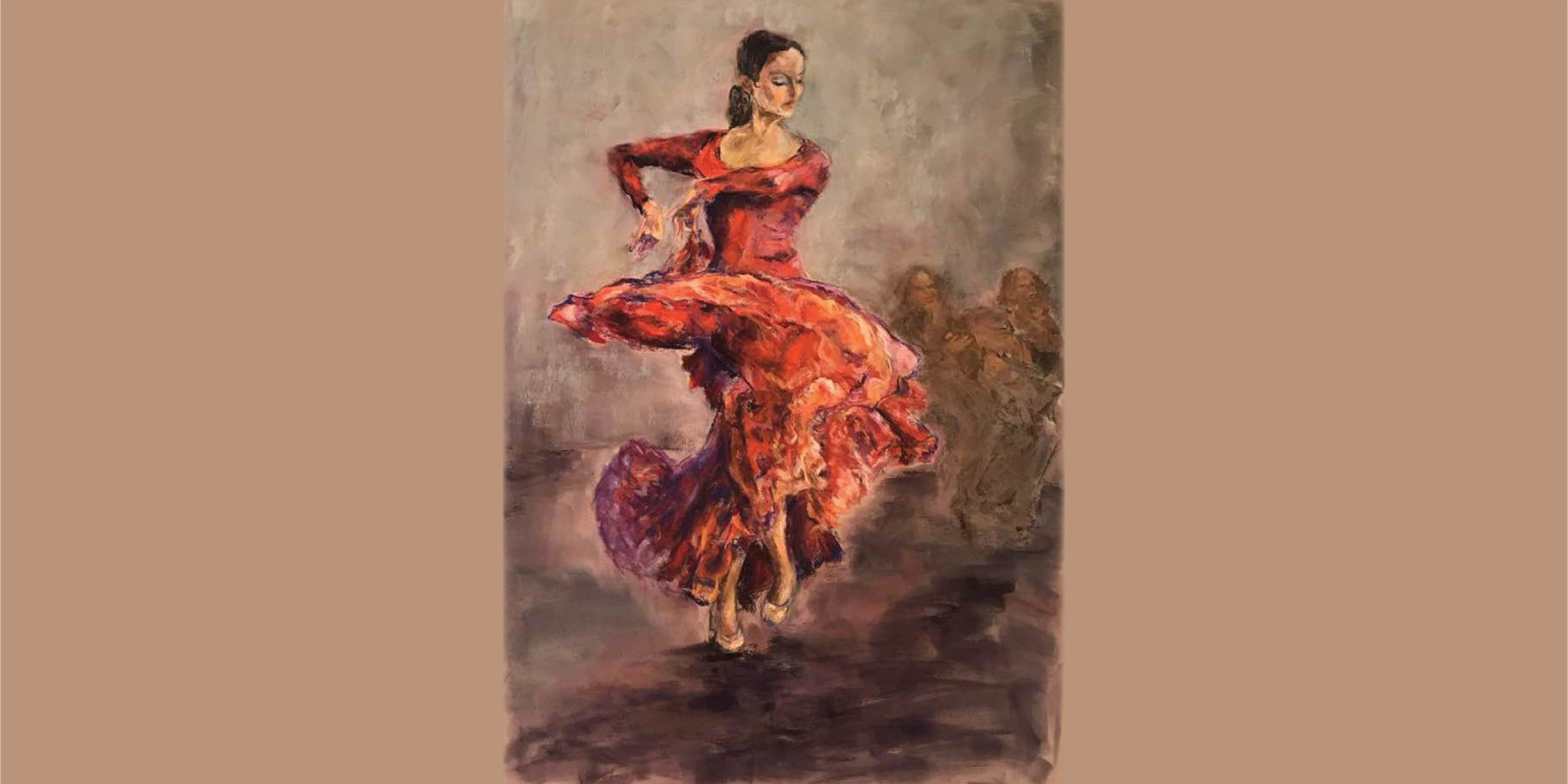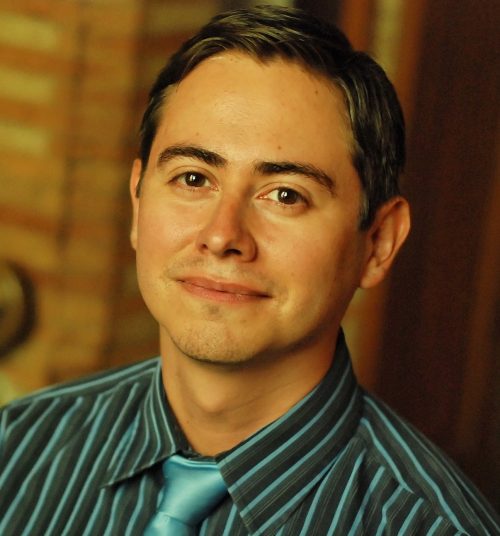Lost in Dance by Diana Loberant-Kaupa (May 2020)
by Pablo Willey-Bustos
Being a native Spanish speaker, and having lived in Chile from birth until I was 10 years old when my family emigrated to Canada, it is fair to assume that I may have sung a large volume of Spanish art song. I, however, took a little longer to embrace the art song literature of my mother tongue.
During my undergraduate and graduate studies at the Eastman School of Music, I had the privilege of working with Ms. Rita Shane, who was my teacher, mentor and friend. At least a few times each year she would inquire (although she already knew the answer), “Aren’t you fluent in Spanish?” I would respond in the affirmative and she would say: “We are going to have to find you some Spanish songs to sing.”
Despite her best efforts to steer me in the direction of de Falla or Obradors, I was not drawn to the repertoire at that time, even though I had the advantage of already speaking the language. It was not until after I had finished graduate school that I delved into my first full set of Spanish songs, when my coach Beryl Garver suggested I work on Turina’s Poemas en forma de canciones. These songs are fantastic, and they were a great fit (thank you Berri!) and my interest in this genre was finally piqued!
I may be generalizing, but this native Spanish speaker definitely forgets that although he tends to run late to social gatherings, he tends to run fast when speaking in Spanish (and sometimes English). My husband can almost always tell when I have been talking with my family or other native Spanish speakers. You are wondering what gives me away? Well, for starters, he comes home and there are empanadas ready to eat. Just kidding … well, not really, but that’s a story for a cooking blog.
Okay, back to Spanish Lyric Diction. There are subtle shifts in my conversational patterns that more closely resemble Spanish. For example, my words resemble a long stream of rapid sounds without many stops, other than to take the occasional breath, before embarking on a secondary long stream of sounds. And breathe. At that point, I am usually greeted with a smile and “Slow down.” Which usually results in a Latin stare from me, but all is well, because the empanadas are there to save the day.
When my family visits, he will me ask about a word that someone spoke. It usually turns out to be a series of words that sounded like one word, hence “Wait, so how many words was that?” It’s not that we do not enunciate well. It has more to do with the subtle differences in the cadence of the languages. Spanish speakers instinctively know how to make the sounds of our language, and although the sounds make sense to us, for a non-native speaker these subtleties can create a lack of clarity and anxiety about pronunciation and/or understanding.
Pablo Willey-Bustos (photograph by Gerry Szymanski)
I think it would be fair to say that during our studies most singers and collaborative pianists have received some instruction in one or all of Italian, German and French diction as the majority of the standard operatic repertoire is written in those languages. While a working knowledge of Italian or French Diction is certainly an asset, it will not provide you with all the necessary background to fully grasp the concepts unique of Spanish Lyric Diction. Gaining facility in Spanish lyric diction may give you the confidence needed to explore repertoire outside of the standard languages. It will certainly open doors to many diverse possibilities of Spanish song and choral repertoire from almost every time period.
In Eastman’s new online Spanish Lyric Diction course, you will study the elements of Spanish lyric diction through a progressive and holistic method, through oral exercises (in-class and assignments), written IPA (International Phonetic Alphabet) and listening assignments, and synchronous in-class practice with instructor’s instant feedback, as well as a final performance project to practice your new skills. The online nature of the course allows you to take this course from any location! If you are a teacher, singer, conductor, or coach, this course is for you. Take Spanish Lyric Diction this summer and gain the confidence you need to delve into this great repertoire. Sign up before the opportunity is gone! “Se va, Se va.” (From Guastavino’s Bonita Rama de Sauce.)
Pablo Willey-Bustos ’03E, ’05E (MM) is Summer@Eastman’s Spanish Lyric Diction Instructor and an Eastman Community Music School Voice Instructor

